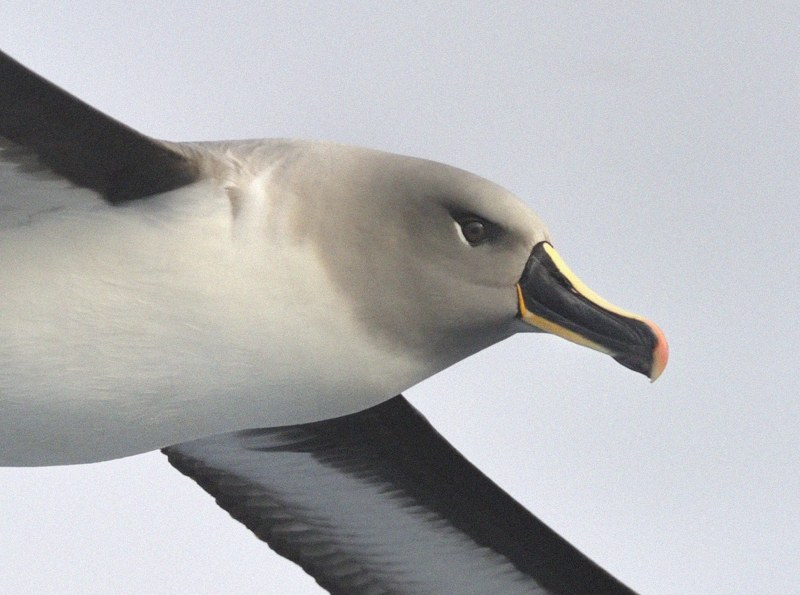Anne-Sophie Bonnet-Lebrun (Department of Zoology, University of Cambridge, UK) and colleagues have published open access in the journal Marine Biology on individual specialisation in at-sea distribution of satellite-tracked Black-browed Albatrosses Thalassarche melanophris and Grey-headed Albatrosses Thalassarche chrysostoma.
The paper’s abstract follows:
“Many predictive models of spatial and temporal distribution (e.g. in response to climate change or species introductions) assume that species have one environmental niche that applies to all individuals. However, there is growing evidence that individuals can have environmental preferences that are narrower than the species niche. Such individual specialization has mainly been studied in terms of dietary niches, but a recent increase in the availability of individual movement data opens the possibility of extending these analyses to specialisation in environmental preferences. Yet, no study to date on individual specialisation has considered the environmental niche in its multidimensionality. Here we propose a new method for quantifying individual specialisation in multiple dimensions simultaneously. We compare the hypervolumes in n-dimensional environmental niche space of each individual against that of the population, testing for significant differences against a null model. The same method can be applied to a 2-dimensional geographic space to test for site fidelity. We applied this method to test for individual environmental specialisation (across three dimensions: sea surface temperature, eddy kinetic energy, depth) and for site fidelity among satellite-tracked black-browed albatrosses (Thalassarche melanophris) and grey-headed albatrosses (Thalassarche chrysostoma), during chick-rearing at South Georgia. We found evidence for site fidelity in both species and of environmental specialisation among individual grey-headed but not black-browed albatrosses. Specialisation can affect the resilience of populations affected by natural and anthropogenic changes in the environment, and hence has implications for population dynamics and conservation.”

Grey-headed Albatross, photograph by Kirk Zufelt
Reference:
Bonnet-Lebrun, A.-S., Phillips, R.A., Manica, A & Rodrigues, A.S.L. 2018. Quantifying individual specialization using tracking data: a case study on two species of albatrosses. Marine Biology doi.org/10.1007/s00227-018-3408-x.
John Cooper, ACAP Information Officer, 07 November 2018

 English
English  Français
Français  Español
Español